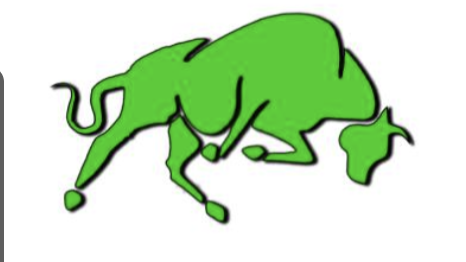In the United States, Thanksgiving is continuously overshadowed by its more popular cousin, Christmas. With so many people overlooking Thanksgiving as soon as Halloween is over by putting up ornaments, lights and tuning into Christmas songs, some people may wonder why it is celebrated at all, especially because it overlooks the injustices faced by indigenous Americans.
Thanksgiving is often a time for people to look back and reflect on the year they had while coming together with family and sharing food, but with Christmas taking place around a month after and having similar themes, it almost feels redundant.
The meaning of Thanksgiving should go from being about turkey and watching the Detroit Lions’ abysmal performance and instead be about the nation reflecting and acknowledging the injustices committed toward the indigenous populations.
The first Thanksgiving is largely regarded to have taken place in 1621.
According to History.com, after the Pilgrims moved into Plymouth in March of 1621, with the help of a Pawtuxet man named Squanto, who was an escaped slave, they would become familiar with the new land and he also helped the Pilgrims create an alliance with the Wampanoag Tribe. After a successful corn harvest in November of that year, Governor William Bradford organized a celebration that would last three days and invited allied tribes of the colony.
Squanto himself had already felt the effects of European colonization, after being in slavery in Europe for five years, once he escaped and returned to the Americas in 1619, he found that his entire tribe had died from smallpox leaving him as the sole survivor, according to the New York Times.
However, the popular telling of the Pilgrims and Natives coming together and sharing food as the origin of Thanksgiving severely downplays the struggles of the native tribes faced by the colonists and paints a picture of camaraderie between the European settlers and Indians when that simply was not true on a larger scale, whether through conflict or disease.
Fifty years following the feast, King Phillips’ War (1675-1678) would break out, where the Wampanoag Tribe and other disgruntled tribes would fight the English and their Mohegan and Mohawk allies because of the colonists’ continual push into sacred Native American lands.
It is estimated 5,000 Native Americans died and some 1,000 were sold into slavery, according to the Harvard Veterans Association.
Even by the 1600s, the indigenous population in the Americas had dropped so dramatically that global temperatures decreased and possibly contributed to the Little Ice Age, according to a study reported on by Business Insider.
According to the same Business Insider article, the indigenous population was roughly 60 million all over the Americas in 1492. Roughly one hundred years later, it is estimated that the population dropped to six million.
After the Colonial Period, Native Americans continued to be systemically or forcefully oppressed by the United States government through forced removals such as the Trail of Tears, annexations like in Hawaii or flat out massacres such as Wounded Knee.
A dedicated day to remember and acknowledge that these events actually occurred can help better relationships between the government and indigenous peoples by showing they do matter and are recognized and potentially increase awareness of the current issues they face, and potentially address them more effectively.
As Native Americans continue to feel the effects of colonization through high poverty rates, higher rates of diseases such as lung and heart disease, lower access to healthcare, and according the Administration for Children and Families, are 19 times more likely to lack indoor plumbing than white households, it is time for the United States to recontextualize Thanksgiving to acknowledge and reflect on the hardships of Native peoples.
Given the history of abuse, it is almost insulting to have such a holiday in the same month that is meant to acknowledge the history and heritage of Native Americans, Alaskans and Hawaiians.
